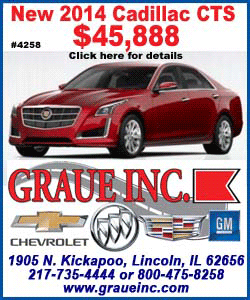|
 You may already have a preference for which type of mower to buy
- rider, power or push, but there are budgetary concerns as well. You may already have a preference for which type of mower to buy
- rider, power or push, but there are budgetary concerns as well.
However, before taking those things into account, there are three
attributes of a given lawn to consider - size, terrain level, and
obstacles.
For a smaller lawn with softer grass, or one with relatively flat
terrain, consider a reel (push) mower. Thereís no engine, so
maintenance is simpler and thereís less of an effect on the
environment. Push mowers require much more physical effort to
effectively cut the grass, so it can make for good exercise.
Reel mowers typically cover an area of fourteen to twenty inches.
However, if your yard has a lot of trees and other things to cut
around, a reel mower may not be the best idea, as the ability to
maneuver can be difficult.
Reel mowers are typically priced somewhere between $70 and $100
dollars.
 The typical walk-behind (power) mower remains the best choice for
most in-town lawns. With proper maintenance, they can last for
years. With improved technology has come more electric mowers, and
options for self-propelling models. Walk-behind mowers cover cutting
radius of twenty to twenty-two inches on average.
Many mowers of this type come with attachments, such as mulch bags
for collecting trimmings.
The downside is that lawns with a high slope will be a problem, and
may require a separate trimmer for those areas.
These mowers offer the widest price range, usually between $150 to
upwards of $500 or more, depending on whether or not it is gas or
electric, or comes with accessories.
Riding lawn mowers are probably the better choice if a yard takes
more than an hour for mowing. Most models are very simple, coming
with most of the same features as walk-behind mowers and minimal
comfort. These machines can cover the widest range of cutting
distances, with the largest covering up to four feet.
Lawn tractors, a step up from that, can come with more options, such
as tillers, chipping tools, or even snow throwers, providing use for
the winter months.
Tractors or riding mowers are the best bet for yards with a high
difference in terrain, such as steep slopes, but may be a problem if
your yard has a lot of clutter.
[to top of second column] |

Riding mowers and tractors cross into four-digit costs, as prices
hover around $1,000 to $1,300 or more.
Finally, zero-turn mowers, once belonging primarily to lawn-care
specialists, have become more common in the general public.
Zero-turn mowers can be difficult to learn how to drive, as they are
steered with handles and not a traditional steering wheel. As the
name implies, they are much easier to maneuver around obstacles than
other machines.
The downside is likely to be the sheer cost to consumer, as well as
the necessity for flat terrain. Being so new to the market,
zero-turn mowers at minimum will cost $2,500. Cheaper zero-turn
models can cut between thirty and sixty inches of grass, and
professional models can cover as much as seventy-two.
Proper mower maintenance is an important chore for anyone with a
lawn when the spring arrives. In order to ensure a relatively easy
season for mowing, anyone with a lawn mower will need to size it up
and make sure it is in proper working order, and that may mean itís
time for a new machine altogether.

|